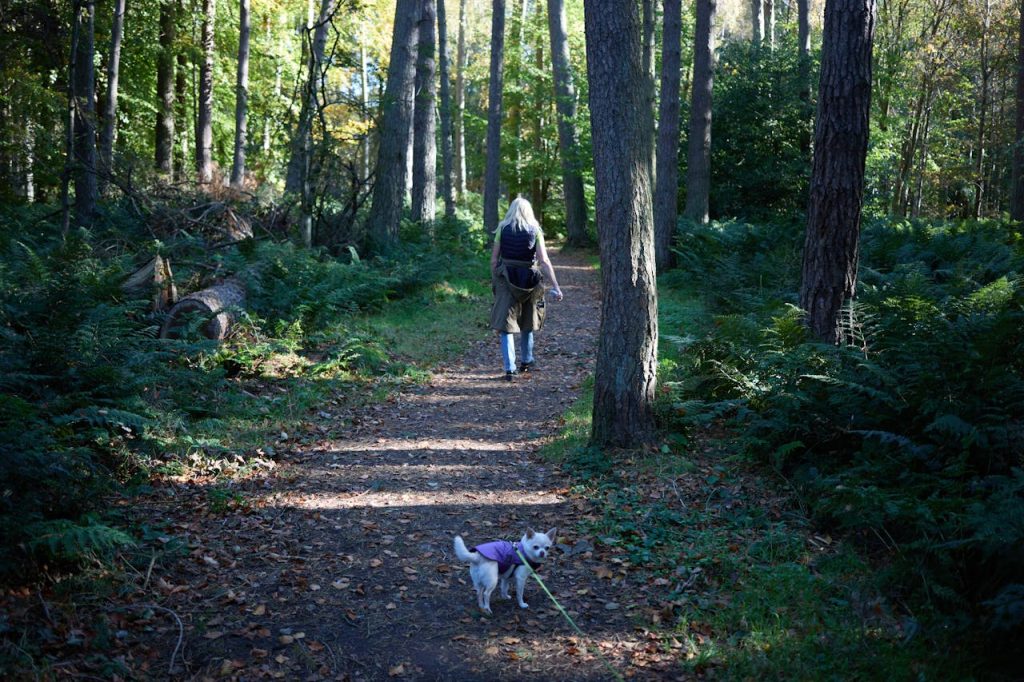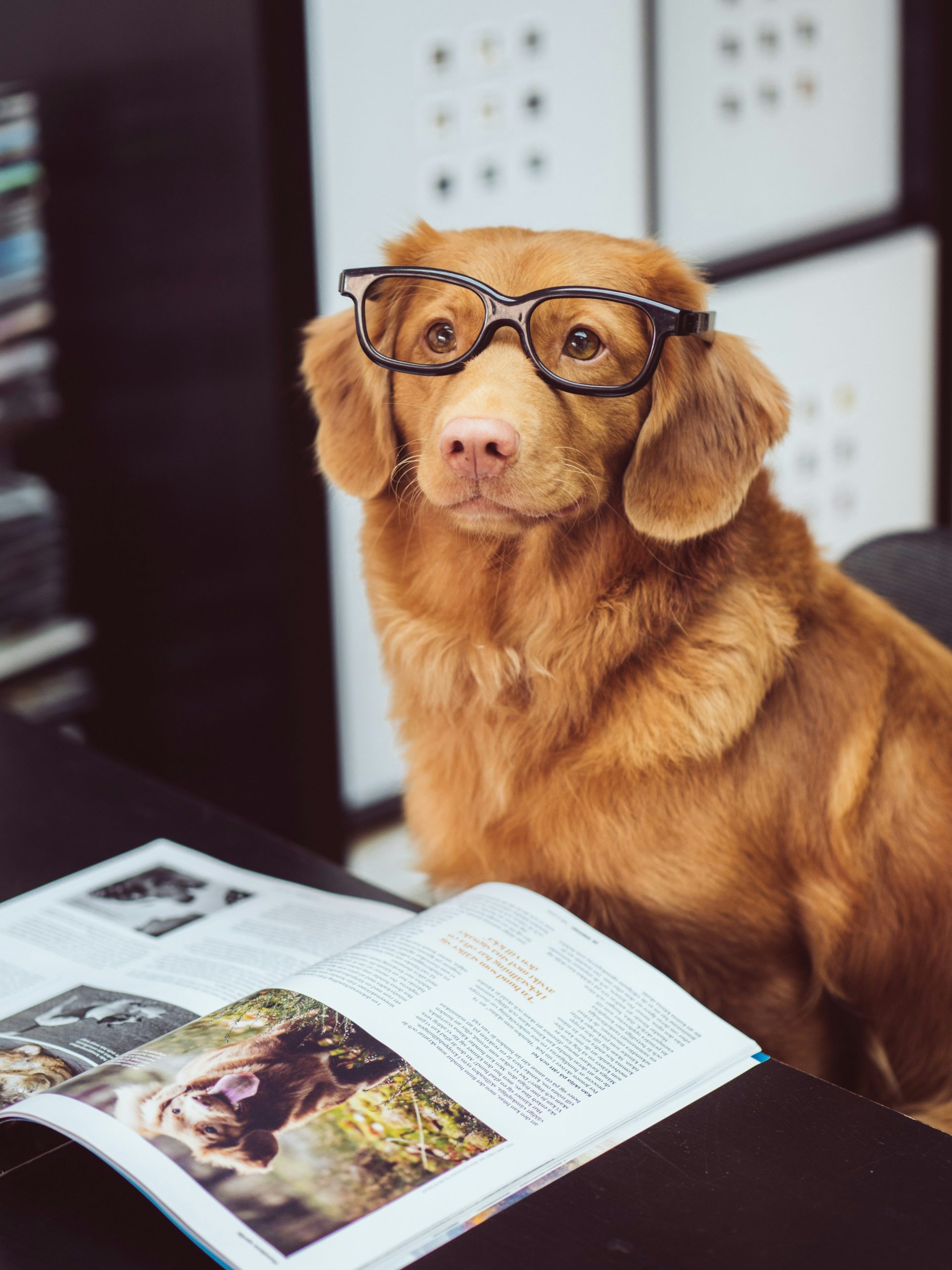
15 Essential Tips to Prevent Dog Theft Every Owner Should Know
Pet theft is a rising concern for urban and apartment dog owners, where shared spaces and quick errands can make pets easy targets. Thieves often strike in seconds, exploiting moments of distraction or unlocked gates. Knowing how to prevent dog theft isn’t about paranoia—it’s about preparedness and everyday habits that keep your companion safe.
In this guide, you’ll discover fifteen essential strategies to protect your dog at home, on walks, and even online. Each one is practical, apartment-friendly, and built on real-world prevention data. With a few mindful changes, you can dramatically reduce your dog’s risk while keeping life simple and stress-free.
1. Supervise Every Second in Shared or Public Spaces
Most pet thefts happen within seconds—often right outside a store or in a communal courtyard. Never leave your dog tied outside or unattended in the lobby “just for a minute.” Even inside pet-friendly apartment complexes, opportunists can watch for predictable habits. Keep your leash in hand and your attention on your dog any time you’re outside your unit.
A quick safety rule: if your dog is more than ten feet away from you, they’re out of your protection zone. Stay alert during drop-offs, deliveries, or elevator rides, and remember that prevention is mostly about removing opportunity. For recent stats and expert guidance, see The Vets’ guide to pet theft prevention.
2. Microchip, Register, and Keep Records Handy
Microchipping is the most reliable backup in case your pet is lost or stolen. Make sure your contact details in the registry are always up to date, including an alternate number or email. Ask your vet to verify your chip number at each annual checkup—registries often lose track of owners after moves or phone number changes.
Store your dog’s microchip number, photos, and vaccination records in a cloud folder or phone note for quick access. Acting fast matters most during the first 24 hours. You can also find helpful recordkeeping and emergency planning advice in the Red Cross pet preparedness guide.
3. Use Visible ID and Smart Collars
Clear, visible identification deters many would-be thieves. Choose a durable collar with an easy-to-read tag that lists at least one phone number. For even stronger protection, add a GPS-enabled smart collar or Bluetooth tracker that lets you monitor your dog’s location in real time.
Many owners combine both—a traditional tag for visibility and a discreet tracker for recovery. Before purchasing, check independent reviews such as People’s best pet cameras and trackers list to compare coverage and battery life. The goal is quick, reliable tracking you can activate instantly from your phone.
4. Lock Down Your Apartment Entry Points
Apartment doors, balconies, and shared courtyards are common weak spots for theft attempts. Strengthen every point of access by installing solid deadbolts, security cameras facing entryways, and reliable balcony locks. If your dog has access to a patio or ground-level window, add a secondary latch or mesh barrier to block any chance of snatch-and-grab incidents.
Motion-activated lighting and indoor cameras can also discourage anyone who approaches your home without permission. For a full-room approach to home safety, see your in-depth guide on apartment pet safety, which covers additional renter-friendly upgrades that keep both you and your dog protected.
5. Avoid Sharing Location Details on Social Media
One of the easiest ways to prevent dog theft is by controlling what you share online. Posting your building name, nearby park, or daily walk route gives strangers a map of where and when to find your dog. Many thefts begin with simple observation—someone notices a routine, breed, or pattern that’s easy to exploit.
Instead, post photos after leaving a location and blur visible landmarks. Avoid tagging your apartment or neighborhood directly. Thieves often scout pet hashtags or rescue pages for valuable breeds. Responsible sharing protects your privacy and helps ensure those cute moments don’t attract the wrong attention.
6. Stay Alert During Routine Walks
Most owners walk the same route every day, which makes timing predictable. Mix up your routes and walk times to avoid patterns. Carry minimal distractions—keep earbuds out and your phone stowed when crossing busy areas. Walk in well-lit zones and make eye contact with people around you; confidence and awareness discourage potential thieves.
If you ever suspect someone is following or lingering near your dog, switch direction immediately and head toward a populated space. Remember that situational awareness is free, instant, and often your best defense. For more outdoor-safety insight, visit the ASPCA’s general pet safety resource for advice on keeping pets secure in public environments.
7. Keep Your Dog Leashed — Even for Short Trips
It only takes a few seconds for an unleashed dog to wander toward a stranger or out an open building door. Thieves often pose as friendly neighbors or other dog owners, striking when a leash isn’t in use. Always clip in, even for elevator rides, car drop-offs, or “quick” potty breaks in fenced courtyards.
Consistent leash use keeps you in control and signals attentiveness. If your dog tends to pull or slip, invest in a double-clip harness or short training lead. These make it far easier to prevent sudden escapes without sacrificing comfort. For practical restraint ideas and crate alternatives suited to apartments, see crate-free apartment solutions.
8. Be Cautious with Strangers Asking to Pet or Hold Your Dog
It’s flattering when people admire your dog, but caution matters. Some thieves use friendliness as a distraction—asking to pet, hold, or take a photo of your dog before quickly walking off or switching leashes. Stay polite but firm: if something feels off, say no. You don’t owe access to anyone who makes you uncomfortable.
Practice responses like, “Sorry, she’s nervous with new people,” or, “We’re training—no touching today.” Keep a secure, short hold on your leash in crowded areas and never let go during interactions. Awareness and boundaries deter opportunists while keeping encounters stress-free for your dog.
9. Rotate Walking Routes and Avoid Predictable Schedules
Patterns make theft easier. Walking the same route every morning or evening gives would-be thieves a reliable timeline. Mix things up—alternate directions, visit different blocks, and shift your walk window by 15–30 minutes. Random routines keep you unpredictable and make your dog a far less attractive target.
If you post about walks or dog parks online, delay sharing until after you’ve left. This prevents strangers from tracking your location in real time. For safer, engaging walking ideas that burn energy while staying alert, check out your companion article on apartment-friendly dog walking tips.
10. Vary Your Dog Walker or Boarding Service Carefully
If you use a dog walker, groomer, or sitter, make sure you know them personally or through a trusted, verified service. Unfortunately, some thefts occur when unvetted walkers or temporary sitters gain access to a dog and never return. Always check reviews, confirm ID, and meet in person before handing over your keys or leash.
Use platforms with verified background checks, GPS walk tracking, and transparent reviews. Ask for real-time photo updates during every walk. For detailed advice on screening professionals safely, read the AKC’s guide to finding a trustworthy pet sitter. Remember: consistency builds trust, and one reliable person is safer than a rotating roster of unfamiliar faces.
11. Secure Your Dog’s Gear and Identification Indoors
Many owners keep leashes, harnesses, and collars hanging near the door for convenience—but that also makes them visible from hallways or open windows. If someone knows a specific leash belongs to a valuable breed, that small detail can make your home a target. Store dog gear in a closed cabinet or closet whenever possible.
Consider marking tags and collars with a small, inconspicuous identifier only you recognize—like a tiny scratch mark or initials inside the buckle. This can help confirm ownership if you ever have to reclaim stolen property. Small security habits build strong layers of protection over time.
12. Build a Trusted Network of Neighbors and Staff
One of the most effective ways to prevent dog theft is through community. Let trusted neighbors, building staff, and even your delivery regulars know your dog by name and appearance. If something ever seems off—a stranger calling your dog over, a leash swap, or a door left ajar—they’ll be more likely to intervene or alert you quickly.
Keep your building’s contact list updated with your preferred phone number in case your dog slips out or an incident occurs while you’re away. People naturally look out for pets they recognize. As your network grows, your dog becomes part of a watchful community that helps keep them safe.
13. Keep Proof of Ownership Ready to Share
Should the unthinkable happen, fast access to proof of ownership can make recovery much easier. Keep digital and printed copies of adoption papers, vet records, and clear photos of your dog from multiple angles. Note distinguishing marks like scars or unique fur patterns that can’t be easily altered.
If your dog is ever stolen or found, you’ll need to verify ownership quickly to reclaim them. Organized documentation also strengthens police reports and online alerts. Consider backing up all files to the cloud or a secure email folder so you can access them from anywhere in minutes.
14. Report Suspicious Activity Immediately
Trust your instincts—if someone seems to be watching your routine, lingering near your door, or following you at the park, report it right away. Apartment complexes and local authorities often rely on residents to notice patterns before crimes happen. A quick heads-up to building management or community patrol can stop a thief before they acts.
When in doubt, document what you see: descriptions, license plates, or times of day. You can also notify nearby shelters and vet offices to stay alert for your dog’s description. Acting early gives you a critical time advantage in any theft prevention effort.
15. Create an Emergency Response Plan Before You Need One
Preparing now saves panic later. Draft a quick-action plan that includes your microchip registry info, emergency contacts, local shelters, and your vet’s after-hours line. Keep a copy near your front door and another on your phone. If your dog ever goes missing, you’ll know exactly who to call and what to post within minutes.
For a solid framework on preparedness, revisit the Red Cross pet disaster checklist. Having everything ready before an incident ensures a calmer, faster, and more effective response when it matters most.
Final Thoughts: A Safe Dog Is a Happy Dog
Preventing dog theft isn’t about fear—it’s about building strong, loving habits that protect your companion and bring peace of mind. A few simple steps—consistent supervision, smart ID, secure gear, and community awareness—can close nearly every gap thieves exploit.
You don’t have to overhaul your routine to make a difference. Start with one or two tips today, share them with other pet parents in your building, and help spread awareness. Every layer of safety you add keeps your dog, and countless others, a little safer tomorrow.
Frequently Asked Questions
How common is dog theft in cities and apartment areas?
Dog theft is more common than many owners realize. In busy urban areas, reports continue to rise each year as thieves target high-value or purebred dogs. Apartment dwellers face extra risks because of shared entrances, public elevators, and courtyards that provide easy access if vigilance lapses.
What breeds are most at risk of being stolen?
Popular small and medium breeds such as French Bulldogs, Chihuahuas, and Pomeranians are frequent targets because they’re easy to transport and resell. Designer mixes and rare colors also draw attention. Still, any dog—regardless of breed—can be vulnerable without proper precautions in place.
Does microchipping really help if my dog is stolen?
Absolutely. A microchip permanently links your dog to you through a national registry. Even if tags are removed or collars are swapped, a microchip scan at a shelter or veterinary clinic can confirm ownership instantly. Just make sure your registry contact details stay current so you can be reached quickly.
What should I do if I think someone is following me or my dog?
Trust your instincts. Change direction immediately and move toward populated areas like stores or building lobbies. If the person continues following, call a friend, neighbor, or local security team. Record descriptions or license plates if safe to do so and report suspicious behavior right away to building management or police.
How can I spread awareness to help other dog owners?
Share prevention tips with neighbors, pet owner groups, and social media communities—especially new owners who may not know the risks. Encourage others to microchip, use ID tags, and vary walking routines. Every shared reminder helps create safer neighborhoods for dogs everywhere.

Join the Busy Pet Parent Newsletter!
Get easy routines, time-saving tips, and the latest gear reviews—delivered straight to your inbox.
Perfect for busy pet owners, apartment dwellers, and anyone who wants a happy, healthy companion (without the stress).
Exclusive guides & checklists
Product recommendations & deals
No spam—unsubscribe anytime!




